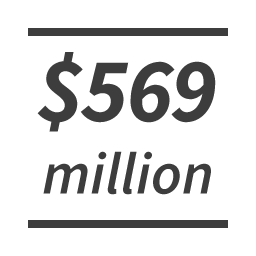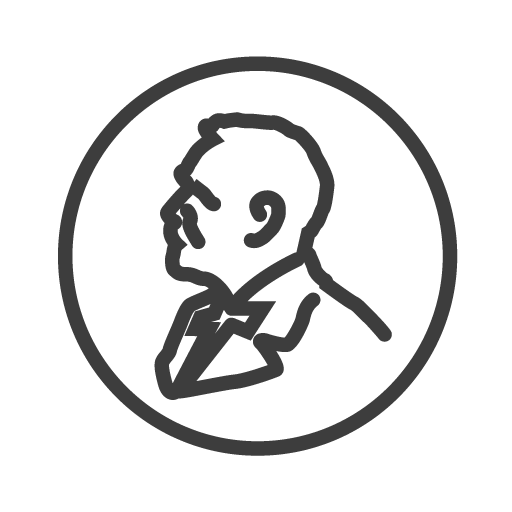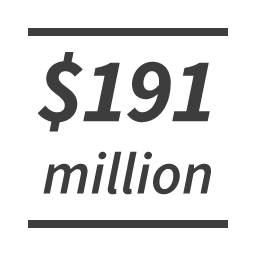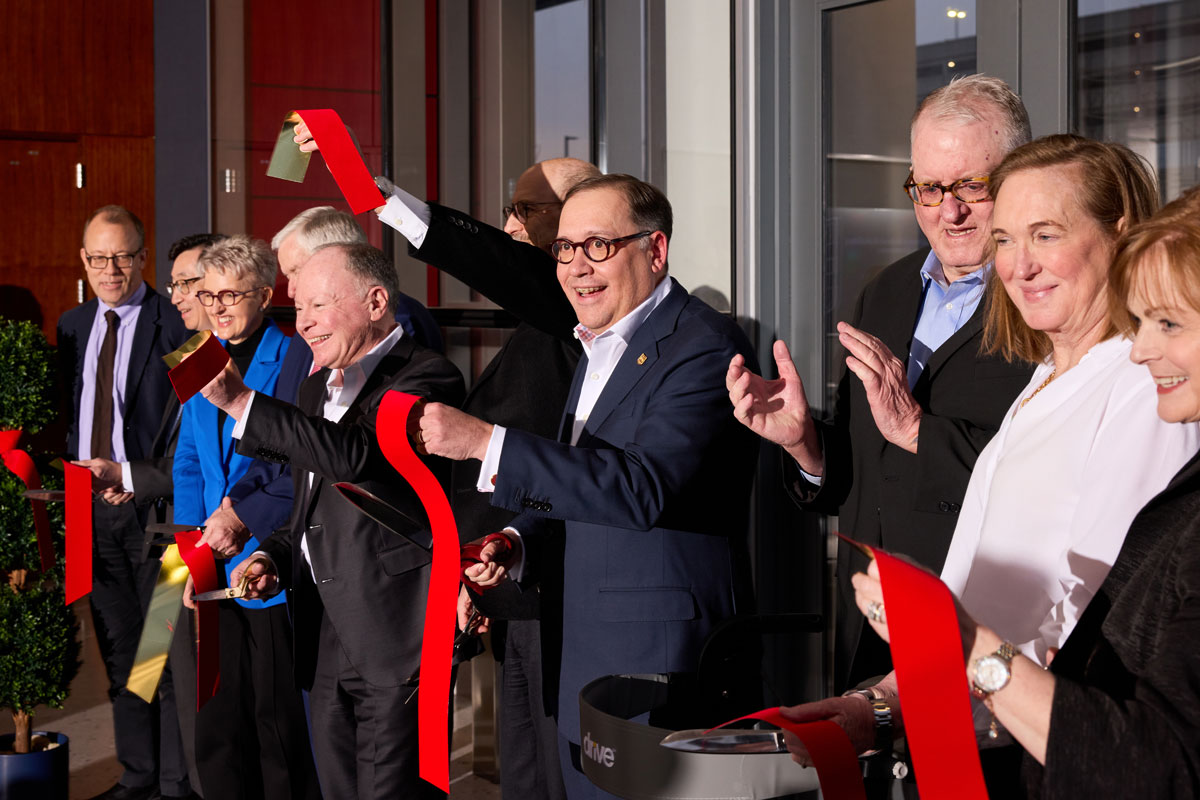Basic science, also known as discovery science, is a driving force for medical breakthroughs. It seeks to uncover the biological, genetic and molecular mechanisms of living systems. Through this work, physician-scientists gain critical knowledge of disease processes and ultimately advance medicine and human health.
The difference your gift can make
The School of Medicine is a global force in research. It has one of the highest-ranked and largest MD/PhD programs in the U.S., training the next generation of clinician scientists pursuing academic careers at medical schools and research institutions.
Researchers are also drawn to WashU because of its philanthropic community. The School of Medicine has a longstanding tradition of support from donors who embrace the importance of academic medicine and trust that WashU scientists will change the course of human health.
Visionary donors support the research that makes NIH funding possible, keeps WashU at the forefront of academic medicine, and leads us ever closer to cures.
A research powerhouse
We’re best known for our research in neuroscience, cancer, heart and metabolic diseases, immunology, imaging sciences and more. Our scientists, past and present, have made discoveries and breakthroughs that have changed the field of medicine.
Read about our long-standing culture of scientific discovery »

$569.2 million in research funding in 2022 from the National Institutes of Health, making WashU one of the highest NIH-funded research enterprises in the country.

19 Nobel laureates who have ties to the school.

$191 million additional funding for faculty research from private sources.
To support research, visit our online giving form and indicate the type of research in the form’s designation box. Questions? Contact medicaladvancement@wustl.edu or 314-935-9691.


